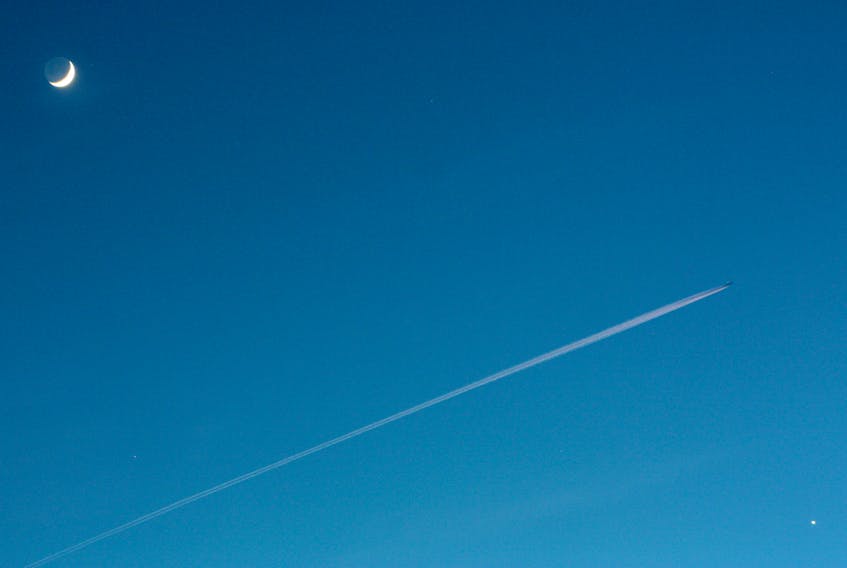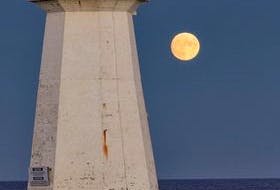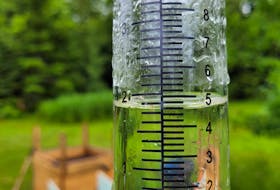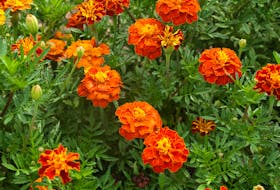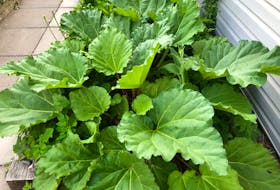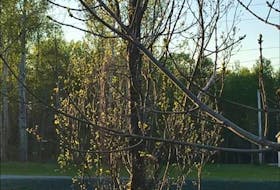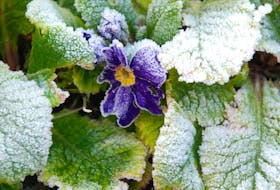What am I? I turn while you turn; the rotations on my axis keep exact time with my revolutions around your globe; I accompany you as you circle the sun, always facing you, never turning my back on you. Some believe I can cast spells and bring good luck; I’m known to influence the tides and induce labour, but I do not control the weather.
I am the moon.
That last clue might have thrown you off a little. For centuries, humans have been mystified by the moon – observing its light, studying its phases – but over time there has never been a conclusive link between the moon and the weather. Don’t get me wrong: the moon has a very real impact on us. Many gardeners still plant certain crops by the phases of the moon. Grandma would tell you to plant crops that are valuable because of the parts that grow above ground – such as corn and wheat – while the moon is waxing or growing larger. Neap and spring tides, the highest and lowest tides of the season, are directly influenced by the phases of the moon.
- CINDY DAY: New moon, no moon?
- GRANDMA SAYS: Wait for the full moon in June?
- CINDY DAY: Pink Moon rising
Having said that, it doesn’t mean that the folklore isn’t out there. Grandma was always quick to point out that if the big dipper was pointing downwards, water could pour out and it would rain. If it was tipped upward, we were entering a dry spell. This one is a mystery to me. I can’t find any correlation between the position of the stars and the weather. Stars change their position over the seasons. As Earth orbits the sun, and as the seasons change from spring to summer to fall and to winter, the area of the sky you can see at night sweeps around the sun in a circle. That would give us a changing perspective on the position of the stars in the sky.
Here’s another weather expression from the night sky. It’s similar to the previous one and has become quite popular over the years: “tipped moon, wet; cupped moon, dry.” The way a crescent moon’s horns point really has nothing to do with the weather. This is purely a function of the moon’s orbit. This little poem brings the point home quite nicely: “the moon and the weather may change together, but a change in the moon can’t change the weather.”
Read more Grandma Says columns
- Want more weather information? Visit WeatherByDay.ca
- Have a weather question, photo or drawing to share with Cindy Day? Email [email protected]
Cindy Day is the chief meteorologist for SaltWire Network.

